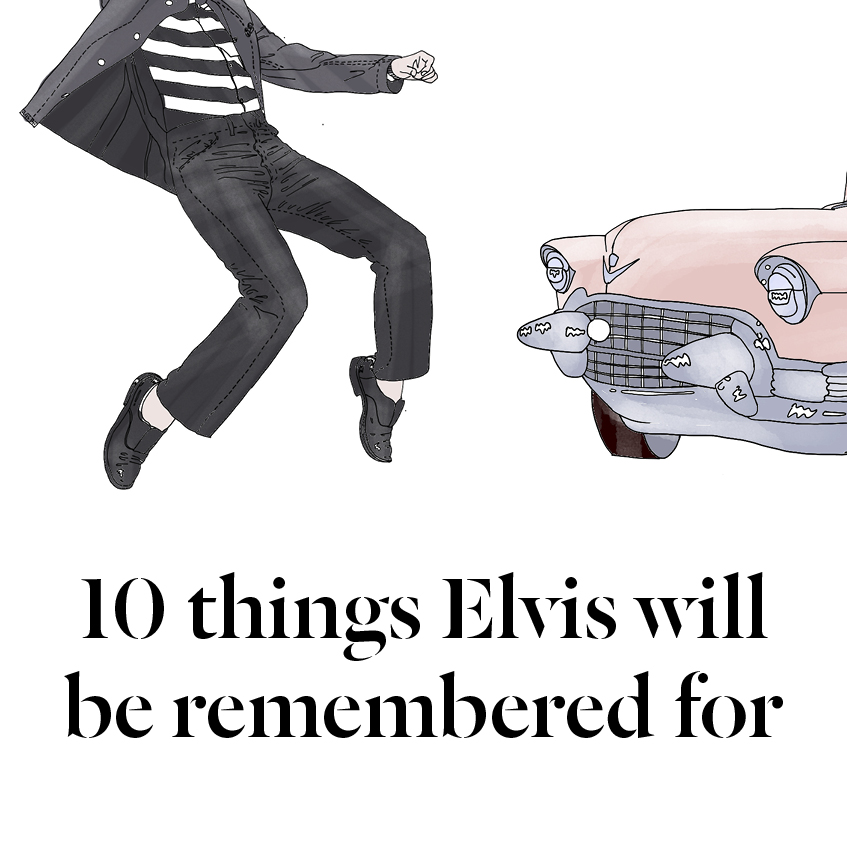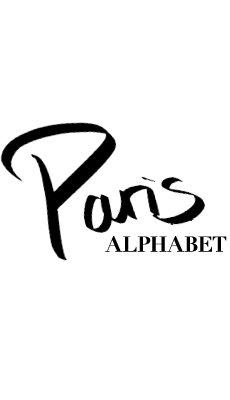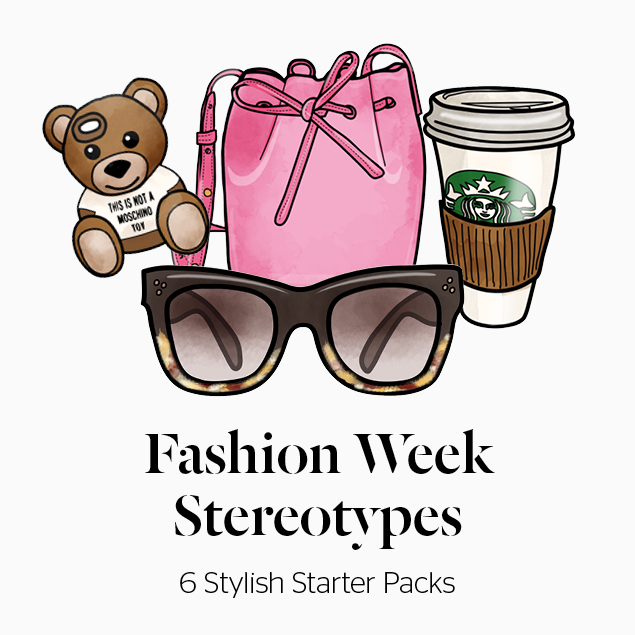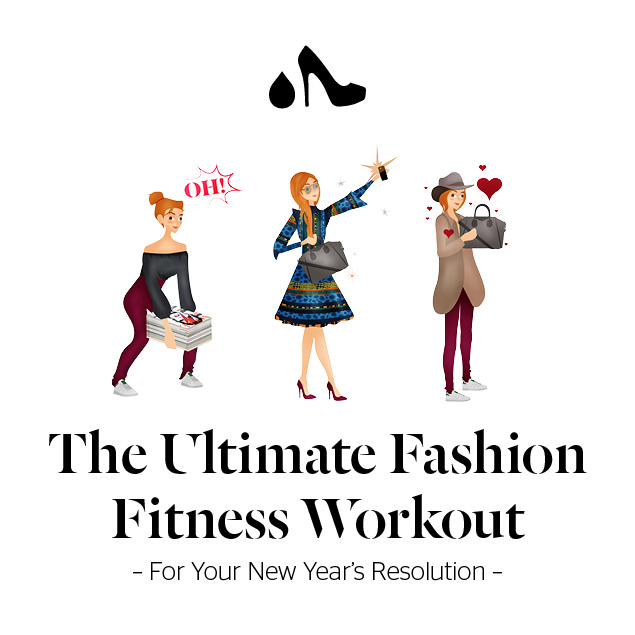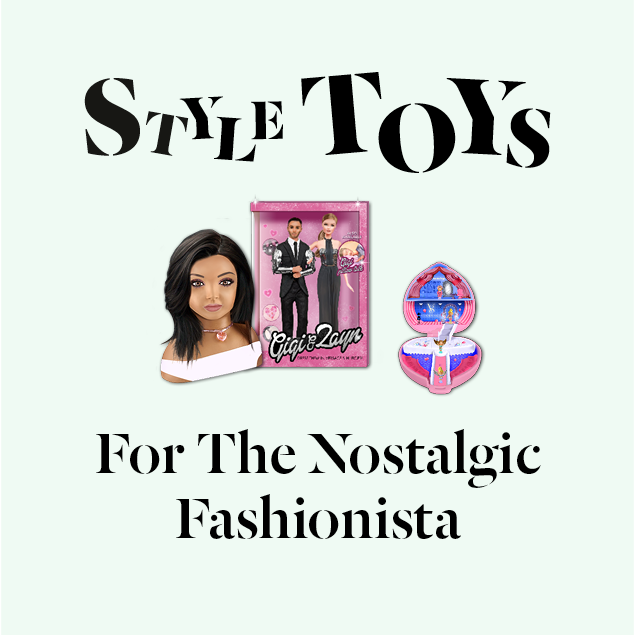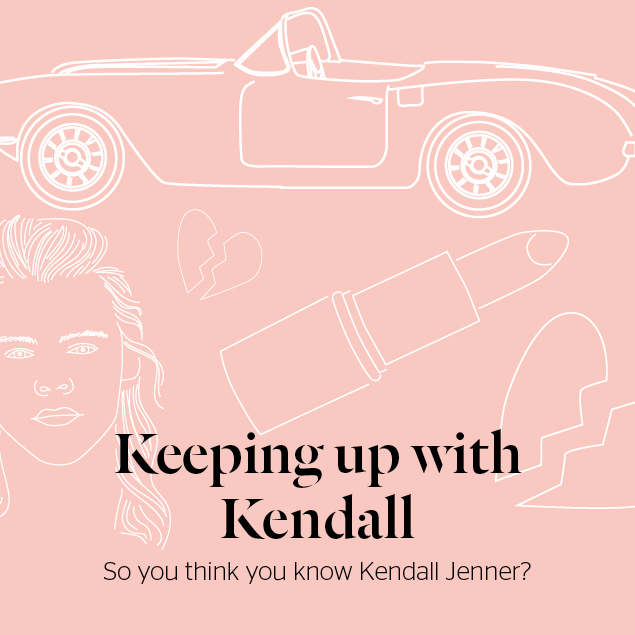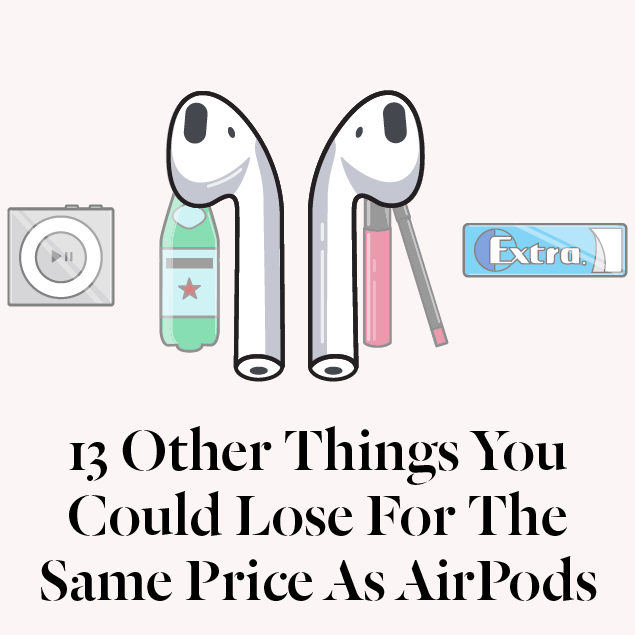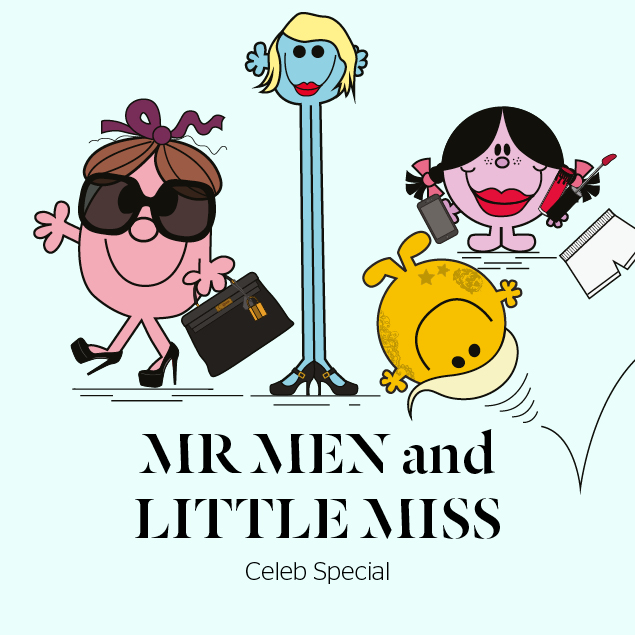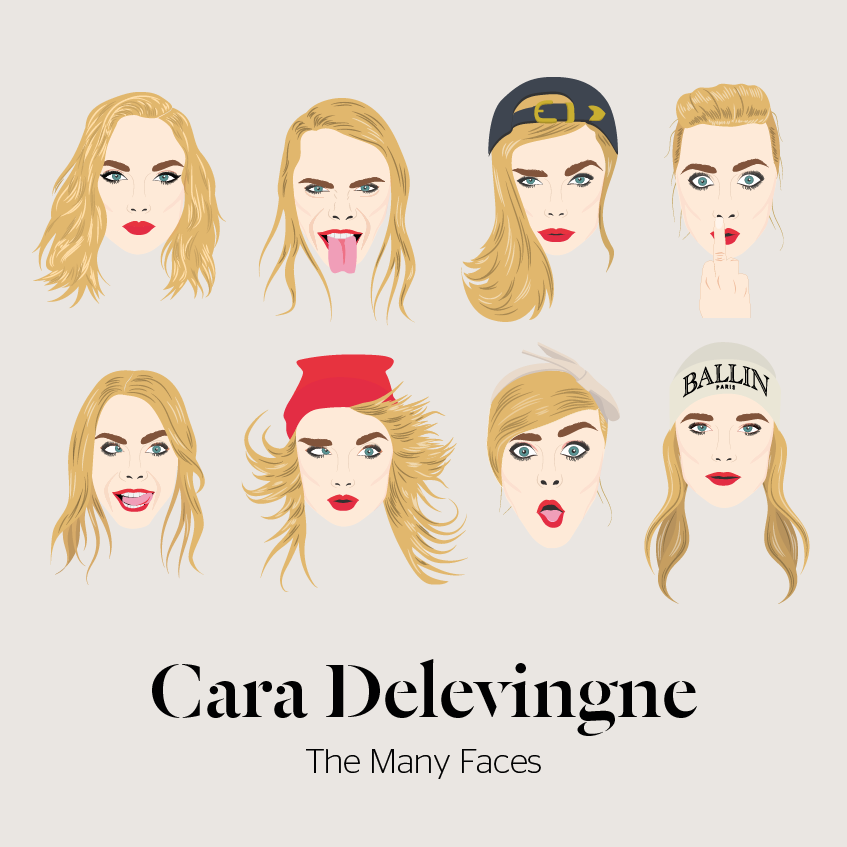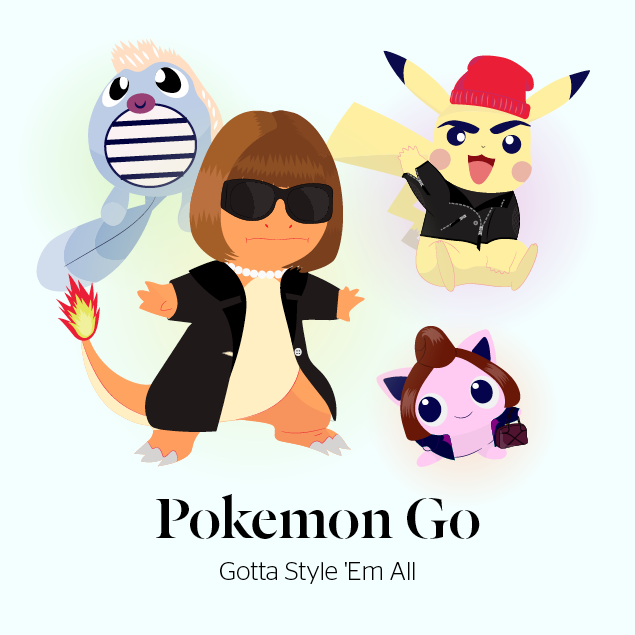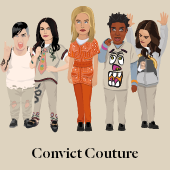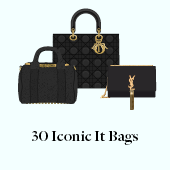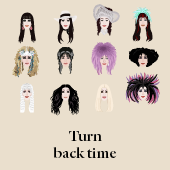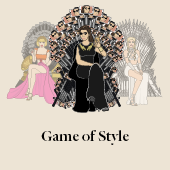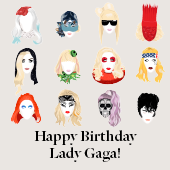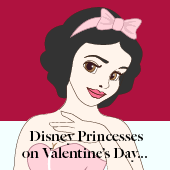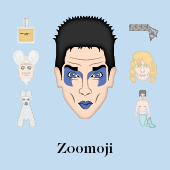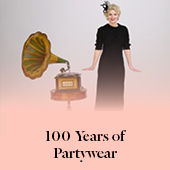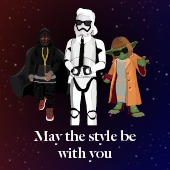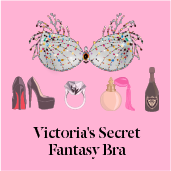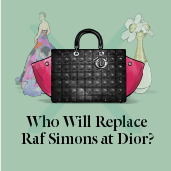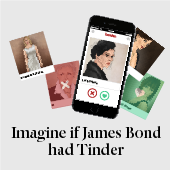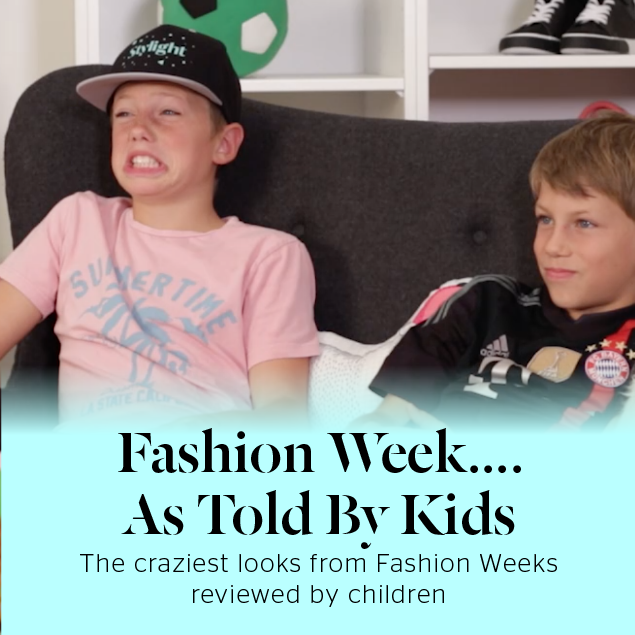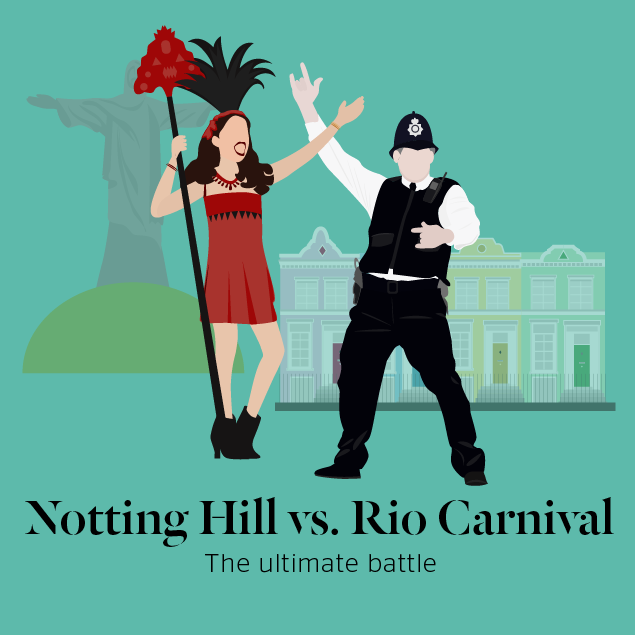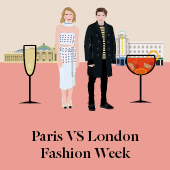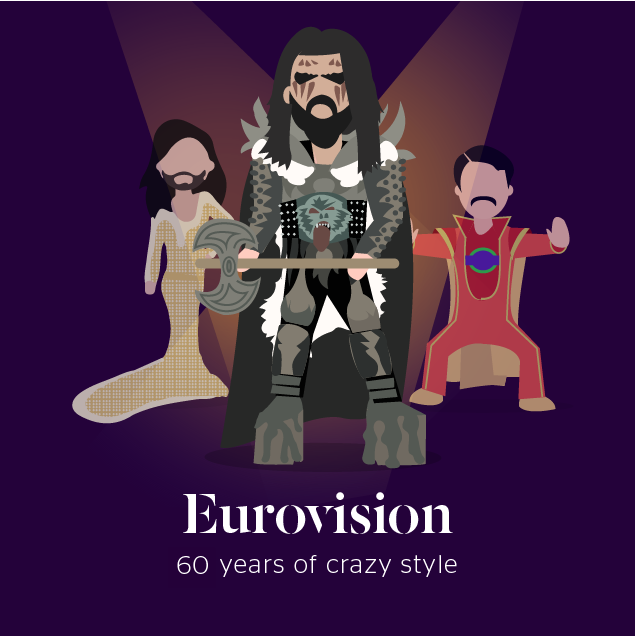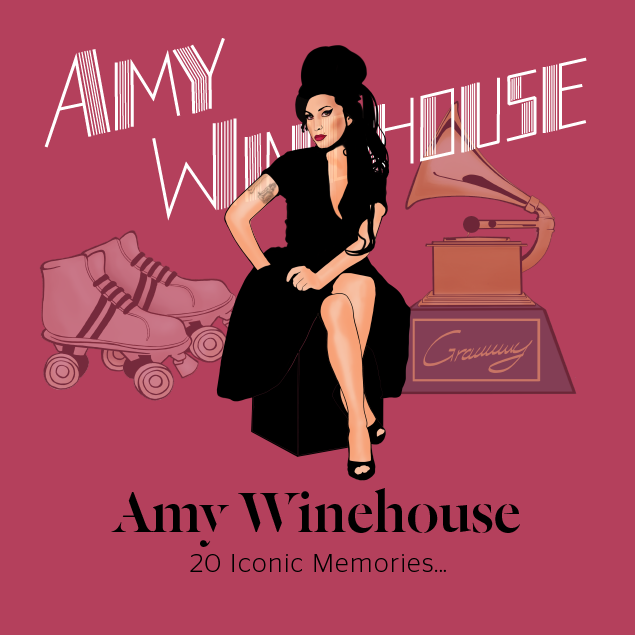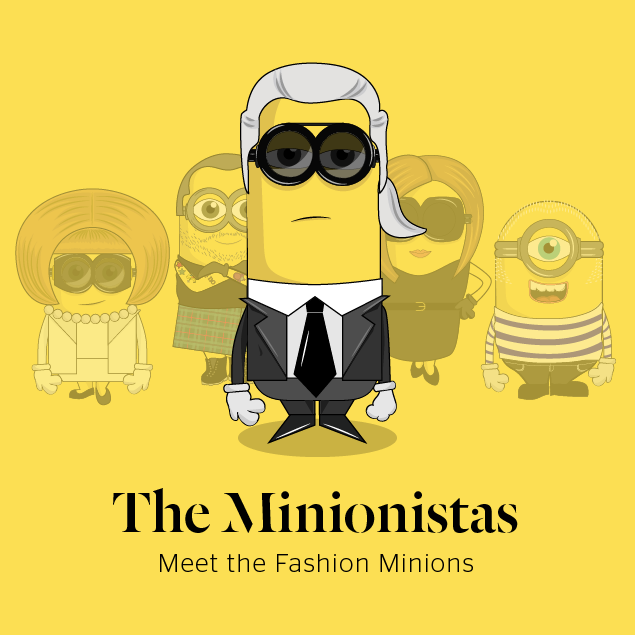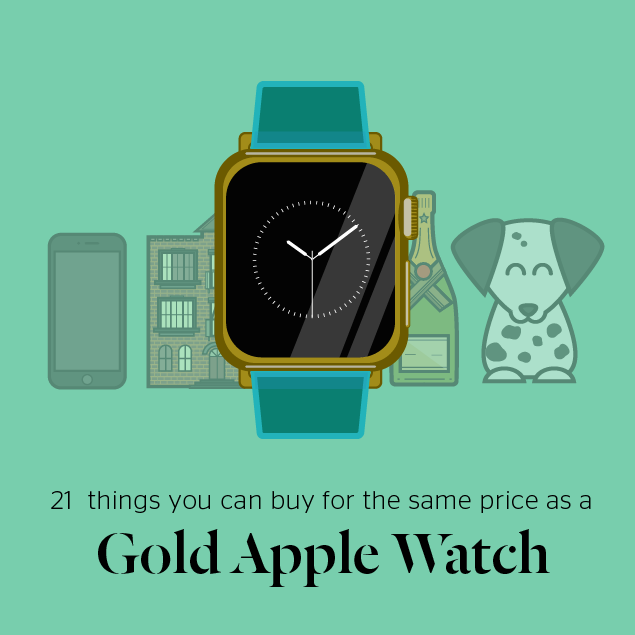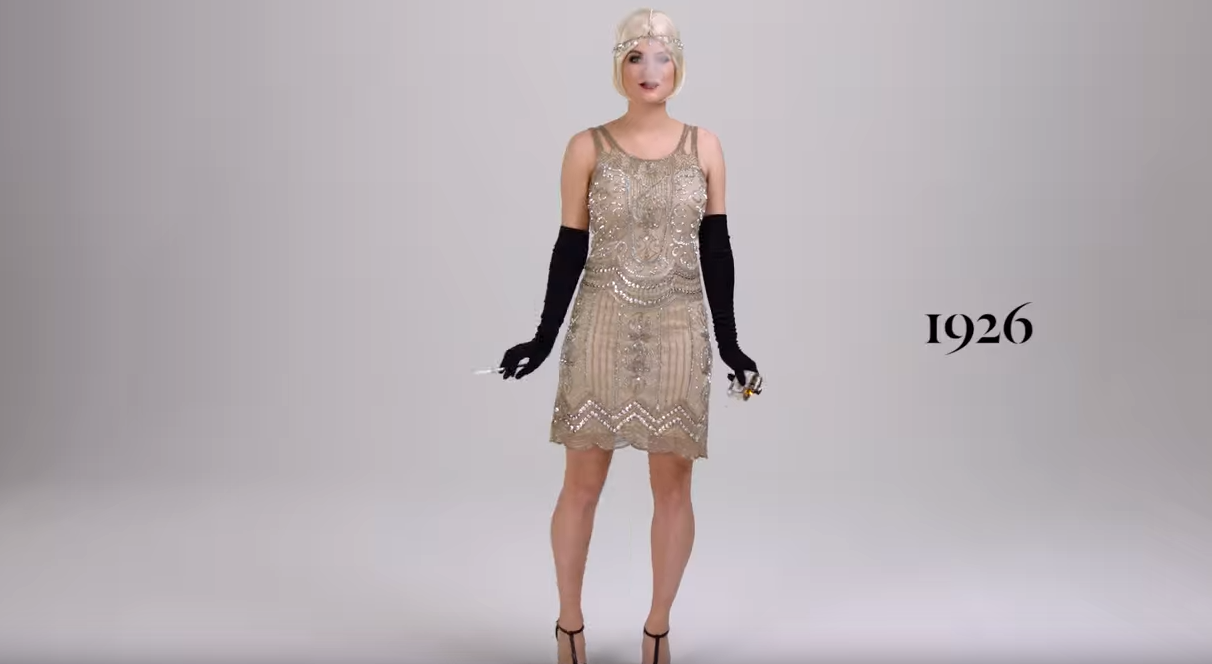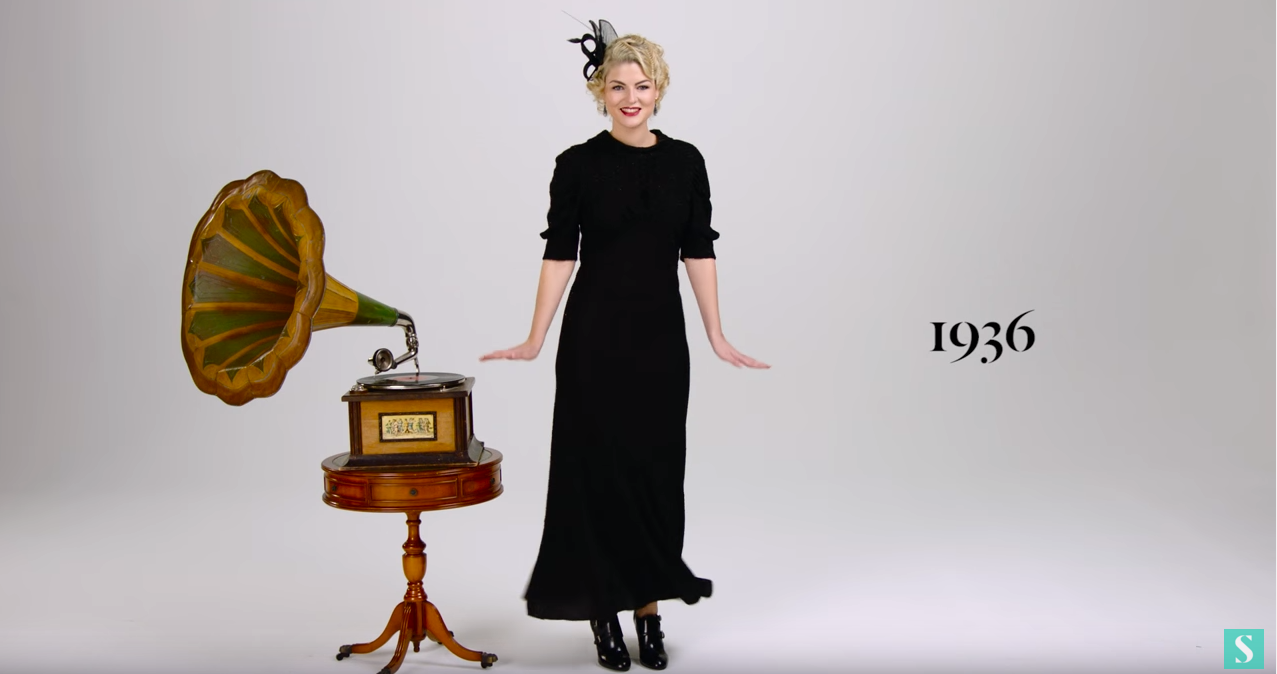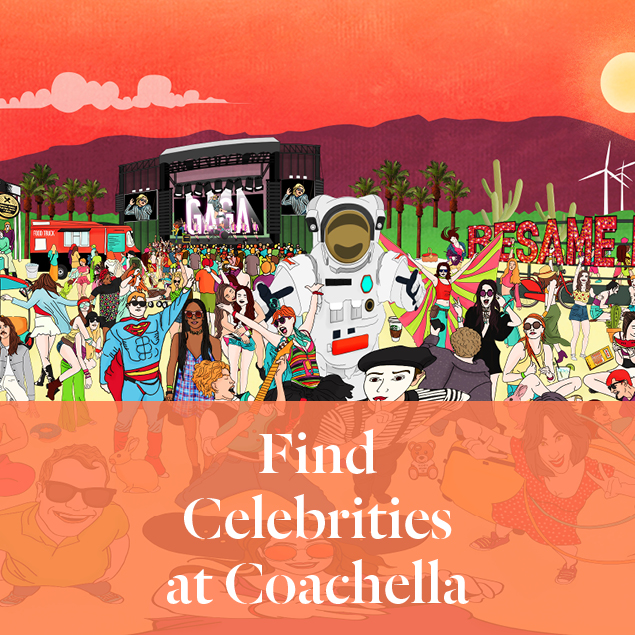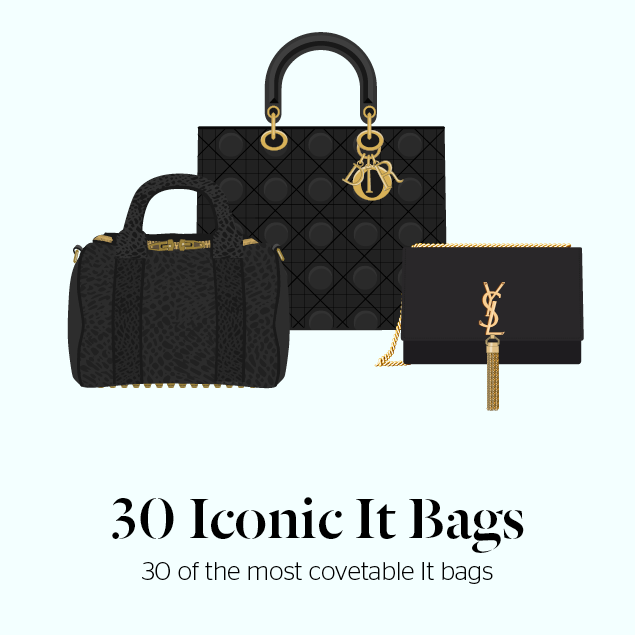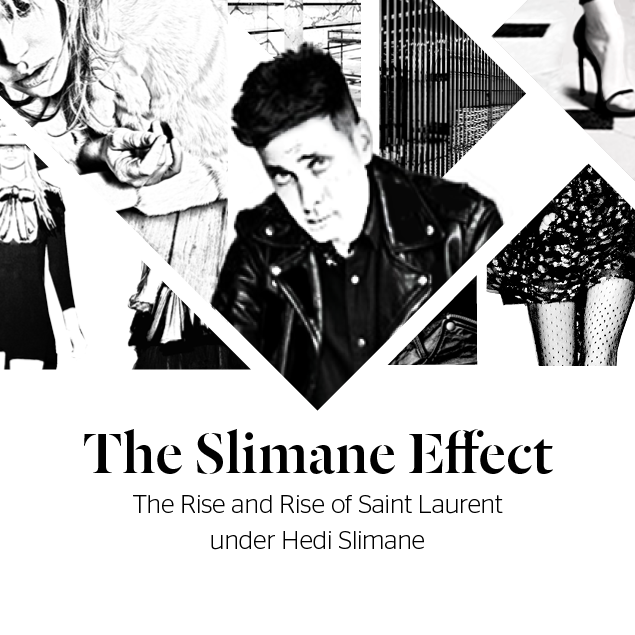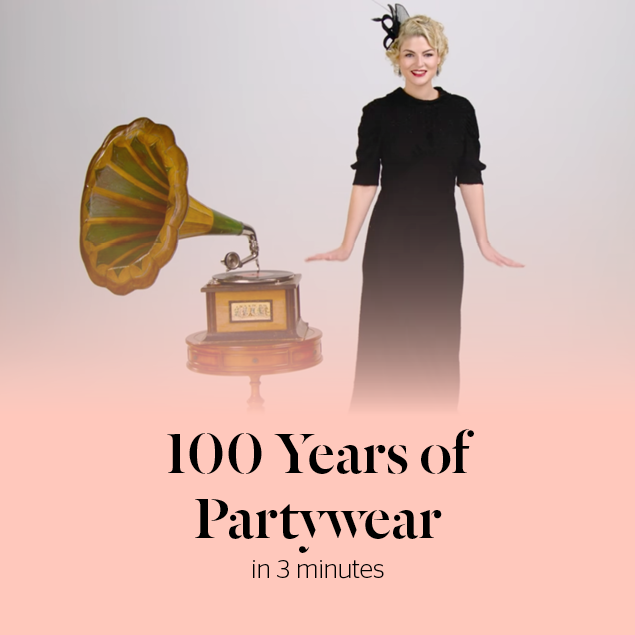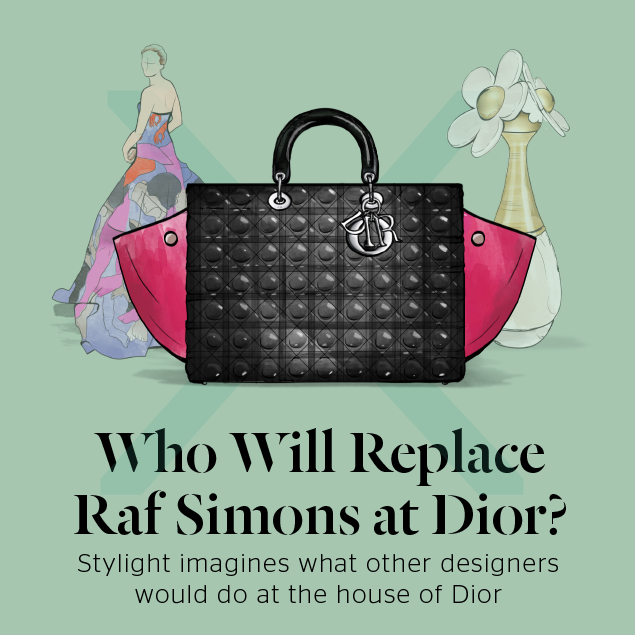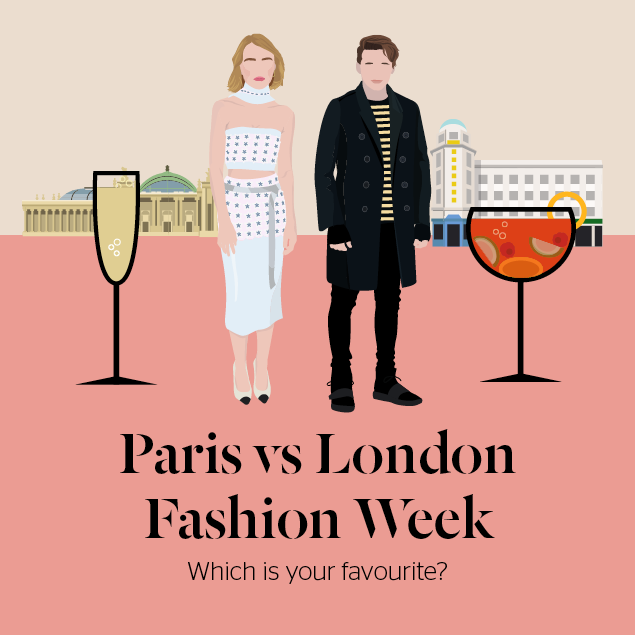10 Decades of Party Wear in 3 Minutes
Step back in time with our 3 minute video
Everyone knows the best way to beat the January blues is by putting on your dancing shoes... so ditch Dry January and paint the town red! Not sure what to wear? Let us take you back in time with our 3 minute video (in partnership with Catrice Cosmetics) of the best party looks from the roaring twenties to the on-trend nineties! Which era will you be channelling on Saturday night?
1926
When WWI came to an end daily life and fashion changed completely. Smoking and drinking in public, shorter hair, make-up and a new relaxed silhouette all became acceptable in the 20's. Commonly know as “the roaring 20s” or the era of “flapper”, short dresses with a straight, loose cut were de rigueur whilst men were still wearing more classic pieces like beige trench coats. By 1927 dresses had risen to just below the knee, so that part of the knee could be seen when dancing the Charleston.
S
1936
Following the Great Depression in 1929, fashion moved towards minimalism to reflect the more simple lives of the public. Since most women by that time were working, clothes had to be more practical and allow for a greater freedom of movement. More luxurious attires were kept for the evening and the inspiration for this came from Hollywood stars. People dreamed of the luxurious past, but lived with a new economic severity. Some classic thirties fashion features were: padded shoulders, puff sleeves, belted waists and large collars. Eyebrows were well-plucked and pencilled in, inspired by movie stars such as Jean Harlowe or Greta Garbo, to be paired with red lipstick, black mascara and eye shadow. Curled hair was also a must.
S
1946
Shoulder pads, narrow hips, tailored suits and skirts below the knee were at the height of fashion together in the 40's. By 1947, after WWII was over, Christian Dior introduced the "New Look", with rounded shoulders, shapely bust lines, closely-defined waistlines, slightly padded skirts and full, billowing skirts. Another pioneer was Bonnie Cashin, who introduced women to boots as fashion, and Ann Klein, who launched her ready-to-wear line that revolutionised women's sports wear.
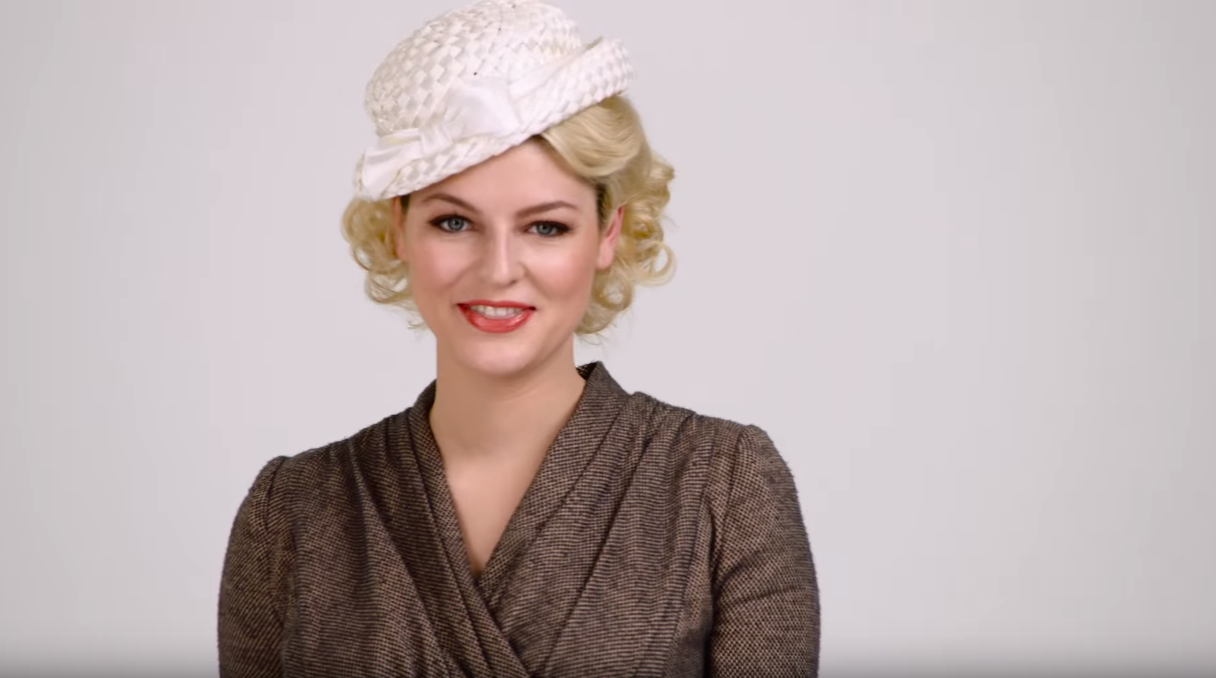

1956
Before Kim Kardashian or the Hadid's came sex icons such as Marilyn Monroe who's iconic curves and pin-up dresses became an icon for the 50's. Another major influence on U.S. fashion was the Broadway musical My Fair Lady, which focused on the whimsical styles of the pre-WWI period.


1966
In the 1960s fashion went through a revolution influenced by the hippie movement and the London mods, putting the Big Smoke on the fashion map! Mary Quant created “the look” for the mid sixties: shift dress and mini skirts, often paired with tights and go-go boots. Other popular clothes from the era were the baby doll-dresses with round necks and fitted waists, hot-pants, culottes and tie-dyed shirts. But the 60’s wouldn’t be anything without its fashion icons. The first lady Jacky Kennedy was a total style trendsetter, while Audrey Hepburn became a living icon thanks to her role in Breakfast at Tiffany’s. And who could forget Twiggy, the most popular model of the time?! And for the boys... well men's pea coats were all the rage!
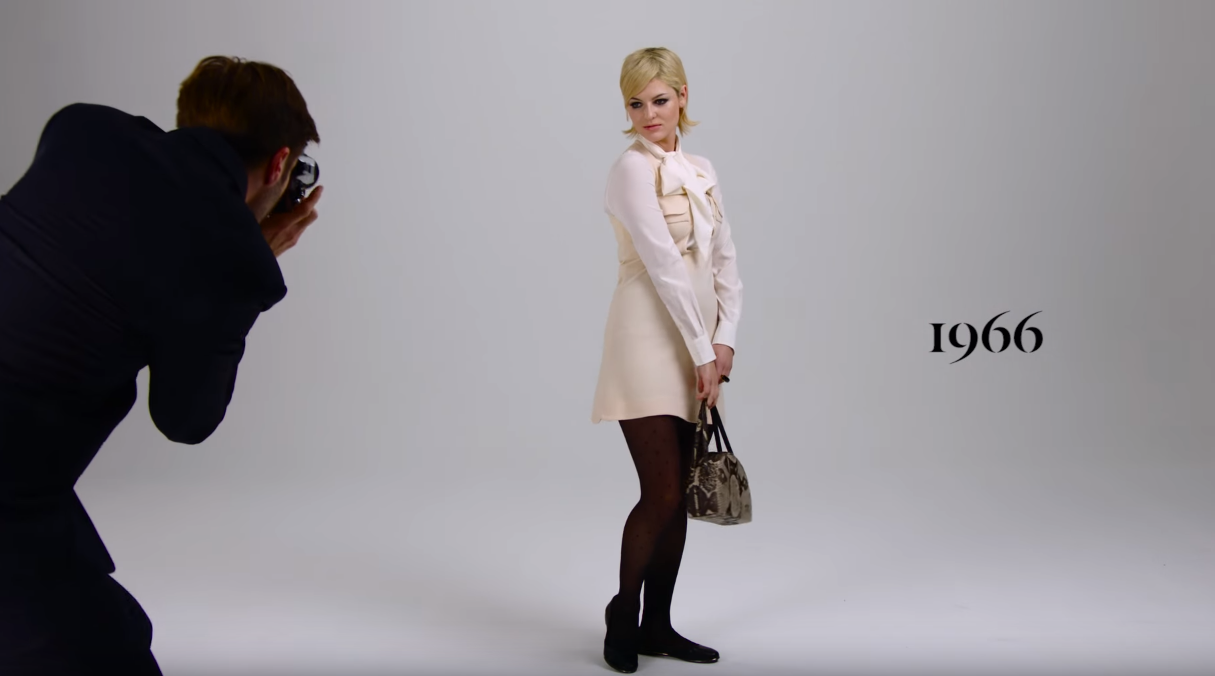

1976
The 70’s witnessed the aftermath of the hippie movement and the rise in popularity of disco music (Saturday Night Fever came out in 1977). In the mid 70’s clothing was brightly coloured and often patterned: bell bottomed trousers became the norm and they were often paired with platform shoes or boots and a turtleneck. Sparkly jumpsuits were sported on the dance floor with colorful headbands and Farrah Fawcett waves.
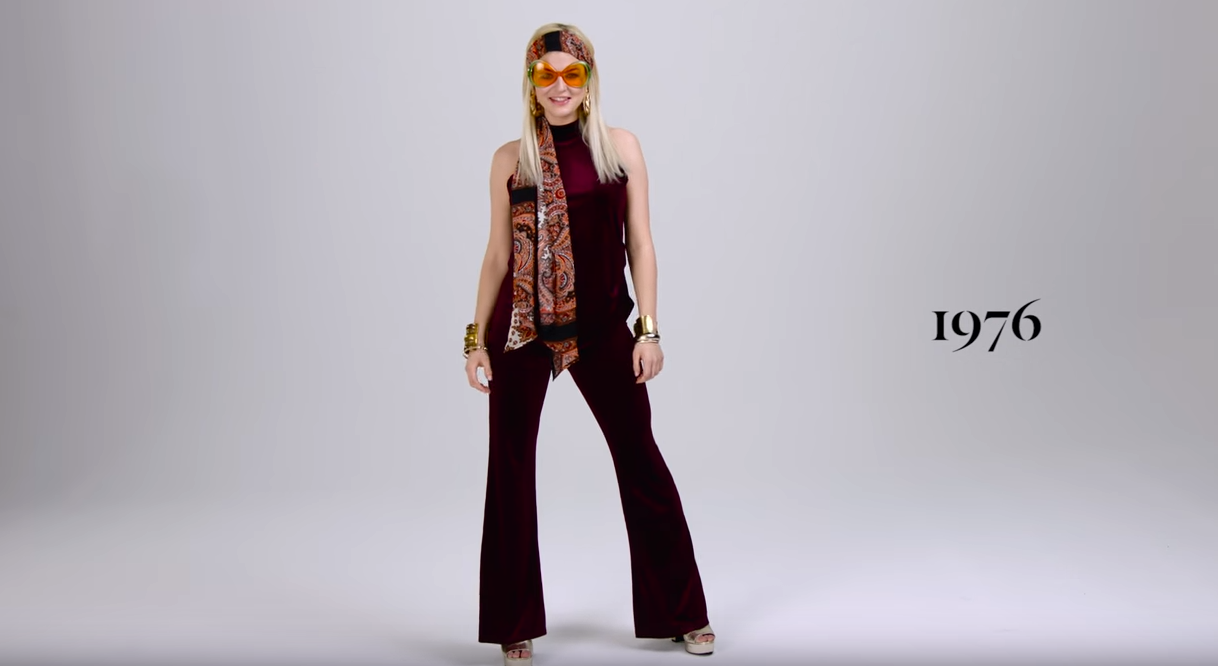

1986
It was the era of Michael Jackson, Flashdance, Prince Diana and Dynasty. Whoever said ‘less is more’ didn’t come of age in the 80's. 80's fashion was all about colour, size, and experimentation: blue mascara and yellow eye shadow, hair to the skies and shoulder pads. The lines between men’s and women’s fashion blurred since many of the biggest fashion trends were unisex. Great examples are parachute pants, Converse chucks and Wayfarers. In the early 1980s, women preferred soft fabrics and neutral colours, while by the late eighties nothing was off limits. Bright neon colours, rocking brand names and even clothes that were meant to be worn backwards!
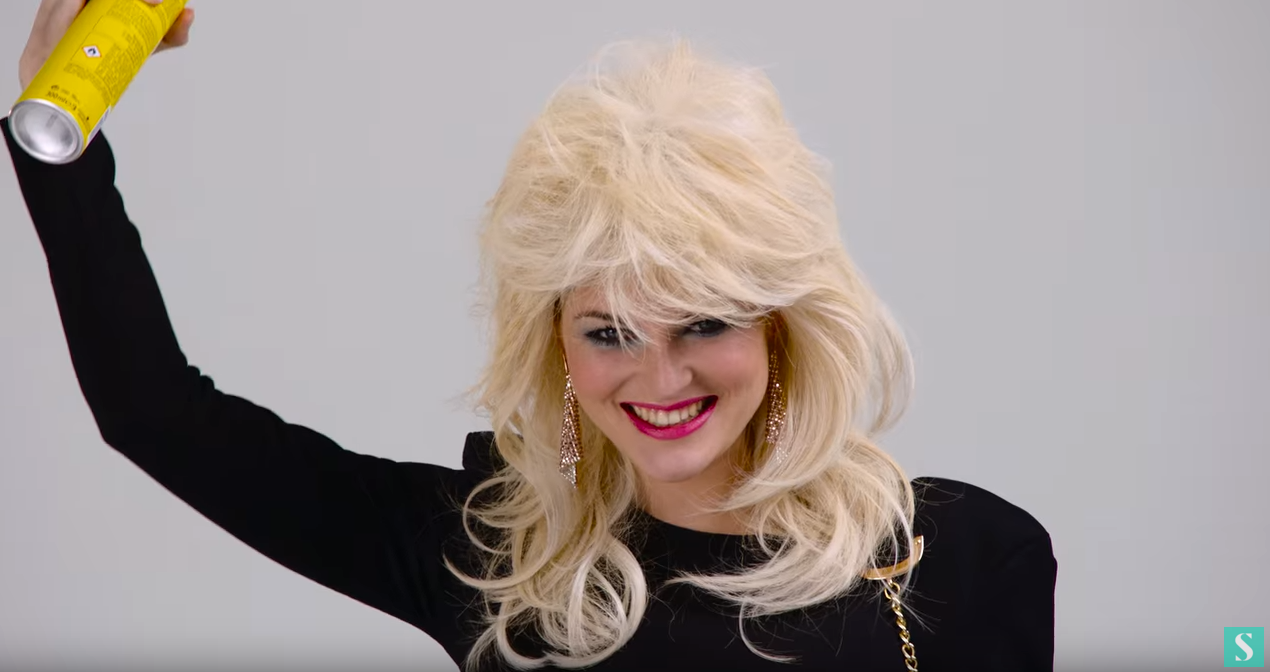

1996
Ah the Spice Girls... the style queens of the nineties with their crop tops, turtlenecks, puma high-top trainers, platforms and high rise Levis jeans. Our personal favourite? Geri Halliwell in that leopard dress!
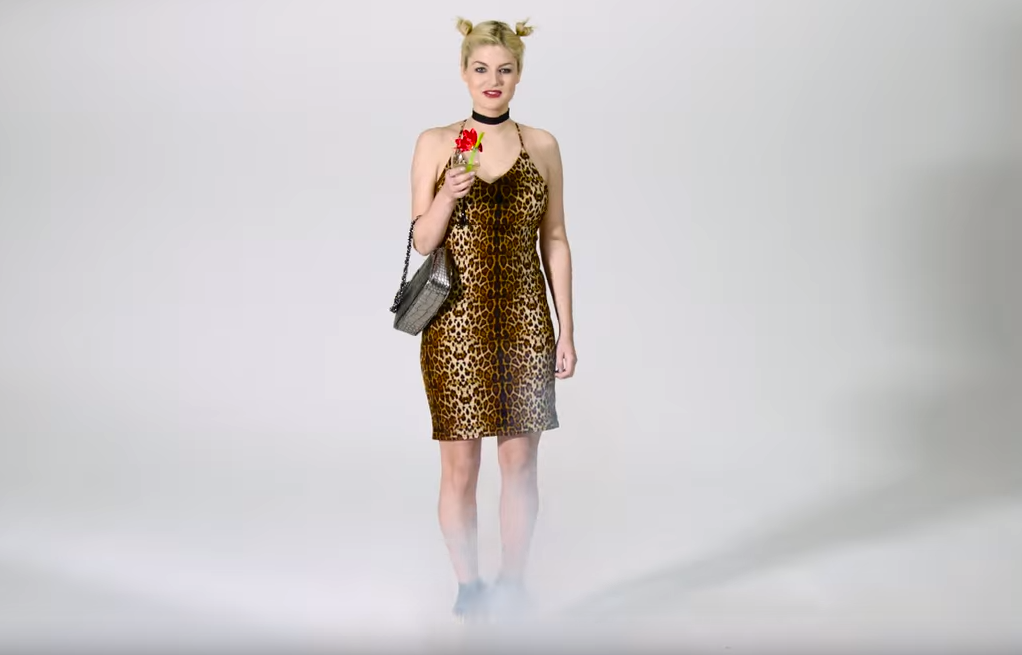

2006
Skinny jeans were the star of 2000’s fashion. Popularised by pop icons such as Britney Spears skinny jeans became a staple in just about every girl's wardrobe with Replay skinny jeans being a particular favourite. And how could we forget Ugg boots?! These Australian slippers became the most comfortable it-shoes of all time when Oprah Winfrey featured them as one of her "favourite things" on her TV talk show in 2000. The company reports $689 million in UGG sales in 2000, almost a 50-fold increase from 1995!
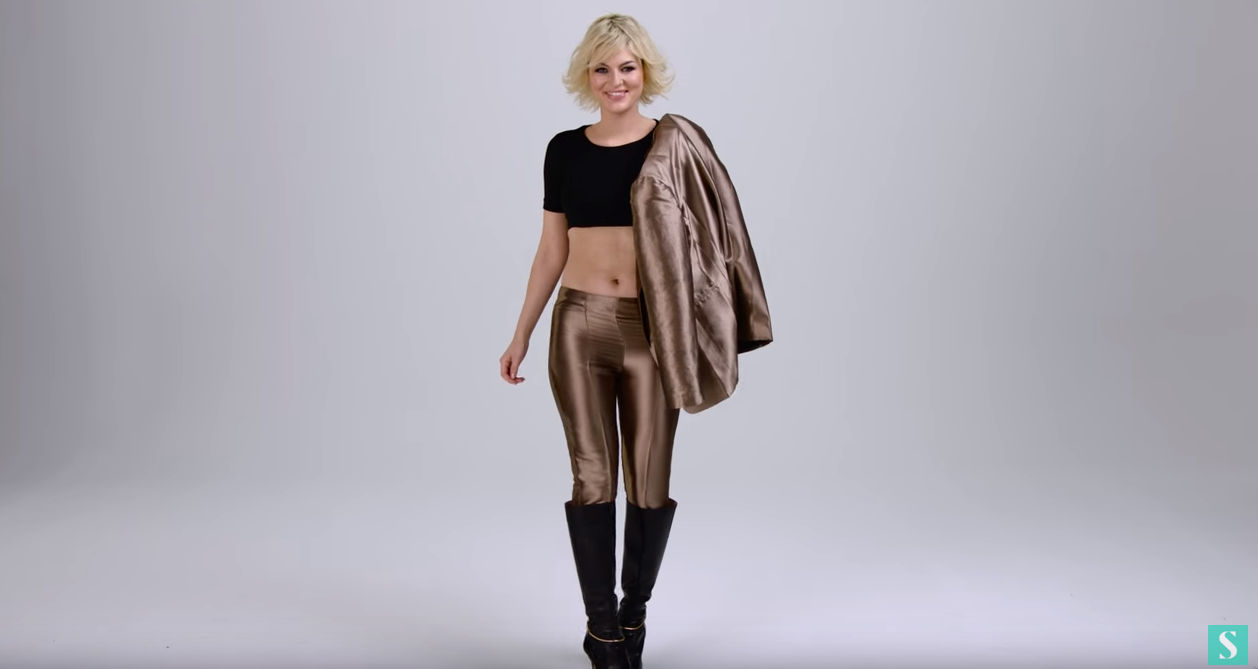

2016
It's probably too early to bottle up the 2010's but we're excited to see what 2016 fashion has in store! One thing is for sure - it'll be immortalised in selfies!


Which is your favorite fashion decade?
